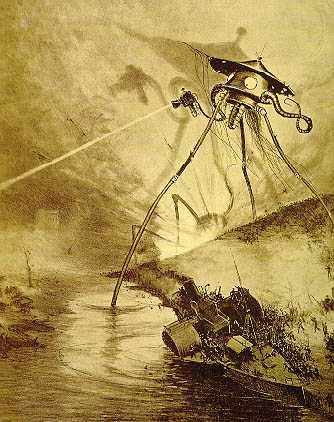YAHWIST TEXT (aka J Text): In biblical studies, this textual tradition contrasts with the E Text and the P Text appearing in Genesis and other parts of the Torah. As for the abbreviation "J," in German transliteration of Hebrew, the letter "J" is used for "Y." Thus, scholars today refer to the "J Text" or the Yahwist Text when they discuss a textual tradition referring to God as Yahweh or Yahweh Elohim but which never refers to God as Elohim alone.
The J Text was once thought to have been written about 999-800 BCE, but more recent scholarship suggests it should be dated after the period of exile (597, 587/586 BCE). It is written in a dialect we associated with the city of Jerusalem and the kingdom of Judah, the more southerly of the tribal nations. This contrasts with the E Text, in which the material is associated linguistically with the region of Ephraim and which probably dates between 799-700 BCE. These two textual traditions of the E Text and the J text probably existed independently of each other for some time, but the northern kingdom of Israel was destroyed toward the end of the eighth century. The priests of Judah seem to have incorporated the E Text into their J Text tradition after that. This resulted in occasional duplications and repetition of detail in the Pentateuch; often the same tale would be told twice, once with a northern orientation and once with a southern perspective. We can see the same phenomenon in the biblical books of Kings and Chronicles. The resulting blend, complete with more recent additions such as late foreign loanwords, late religious rituals like the Sabbath, and imagery borrowed from Mesopotamian poetry and religions, is called the "P Text" or the Priestly Document. If students are reading a study Bible like the Anchor Bible series, the editors helpfully mark which sections come from the E Text, the J Text, and the P Text. A sample of material that comes from the J Text includes the material in Genesis 1:1-2:3, which probably was actually written much later than the subsequent material in Genesis 2:4 and afterward. Click here for a more detailed discussion.
















